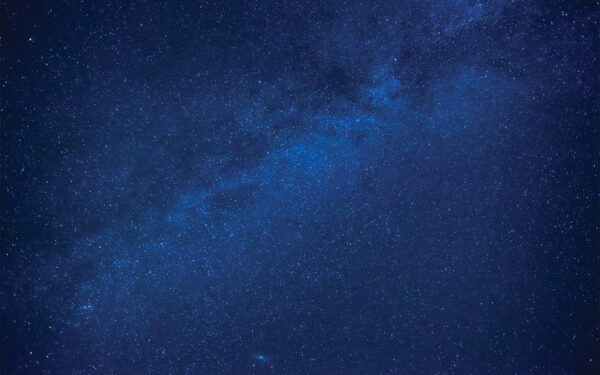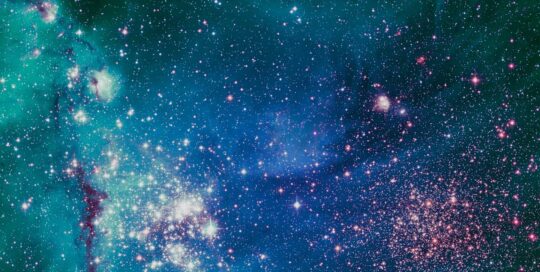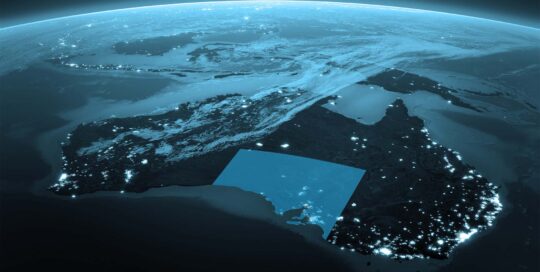Building on South Australia’s capability to design and manufacture small satellites – one of the fastest growing segments of the space industry – could be key to Australia’s growth in the global space market.
The US$2.3 billion small satellite market, which is poised to reach beyond US$9.8 in revenue by the end of the 2028 according to Future Market Insights, provides enormous opportunities for innovative local start-ups and companies specialising in the development of nano-satellites and micro-satellites.
The South Australian Space Industry Centre (SASIC) is currently building relationships with several key international players in the small satellite market, including the NASA’s Goddard Space Flight Center and UK’s Catapult and University of Surrey’s Space Centre, after attending the 32nd Annual Small Satellite Conference, from August 4-9.
During the conference, SASIC, along with local space companies Inovor Technologies, Myriota and SITAEL explored the new technologies, design methods, processes, operational constructs, and activities that inform and secure the success of small satellite missions.
“The small satellite market is one of the fastest growing segments in space, and Australia has the chance to enter this high growth industry by designing and building its own satellite technology,” SASIC Chief Executive Richard Price said.
“Satellites are now fundamental to Australian daily lives and so are increasingly treated as national infrastructure by Government.
“Australia has the opportunity to establish affordable infrastructure and earn significant export income through the application of this technology.
“South Australia will continue to build on it space capabilities and strengthen international relationships to foster collaboration opportunities in the nascent small satellite market.”
Robust growth in the small satellite market is being fueled by new and cheaper technology, shorter development cycles, combined with soaring satellite adoption for R&D purposes and increasing demand for low-earth orbit services.
Responding to the growing interest in small satellites for science applications, NASA is supporting an initiative that will spend $100 million a year on a series of projects, ranging from proposals for technology demonstration missions to new launch opportunities for small satellites.
South Australia already has strong capabilities in the space sector, with a number of local start-ups developing cutting-edge small satellite and space technologies.
Italian satellite company SITAEL, which has the capacity to design and manufacture satellites and payloads of up to 300kg, recently established a presence in South Australia.





